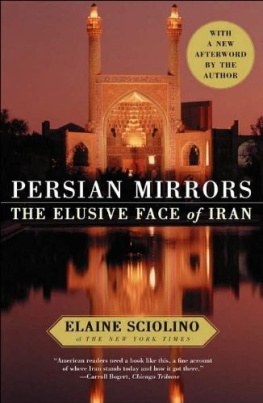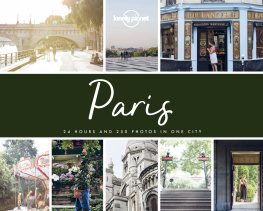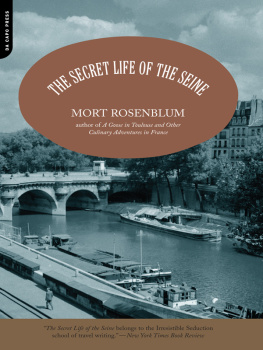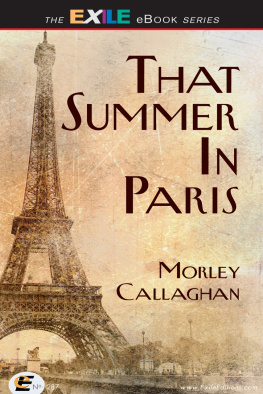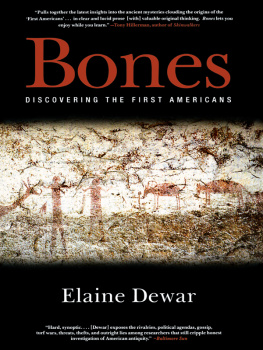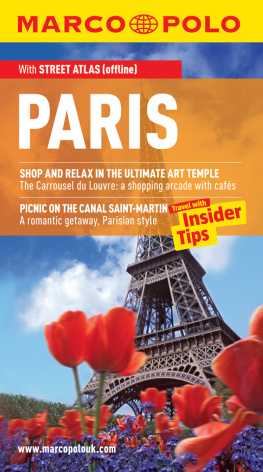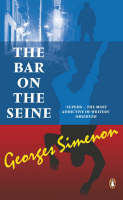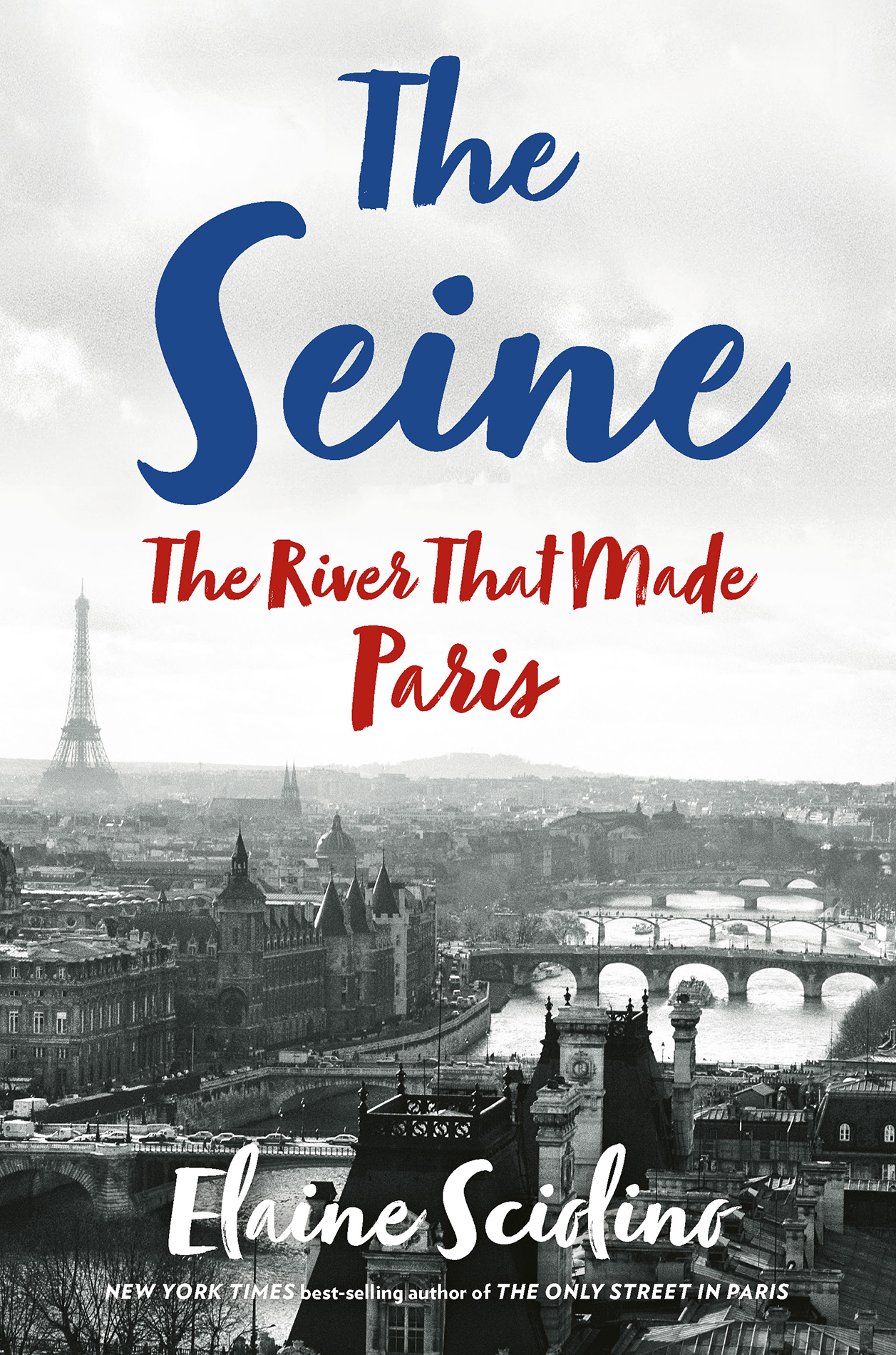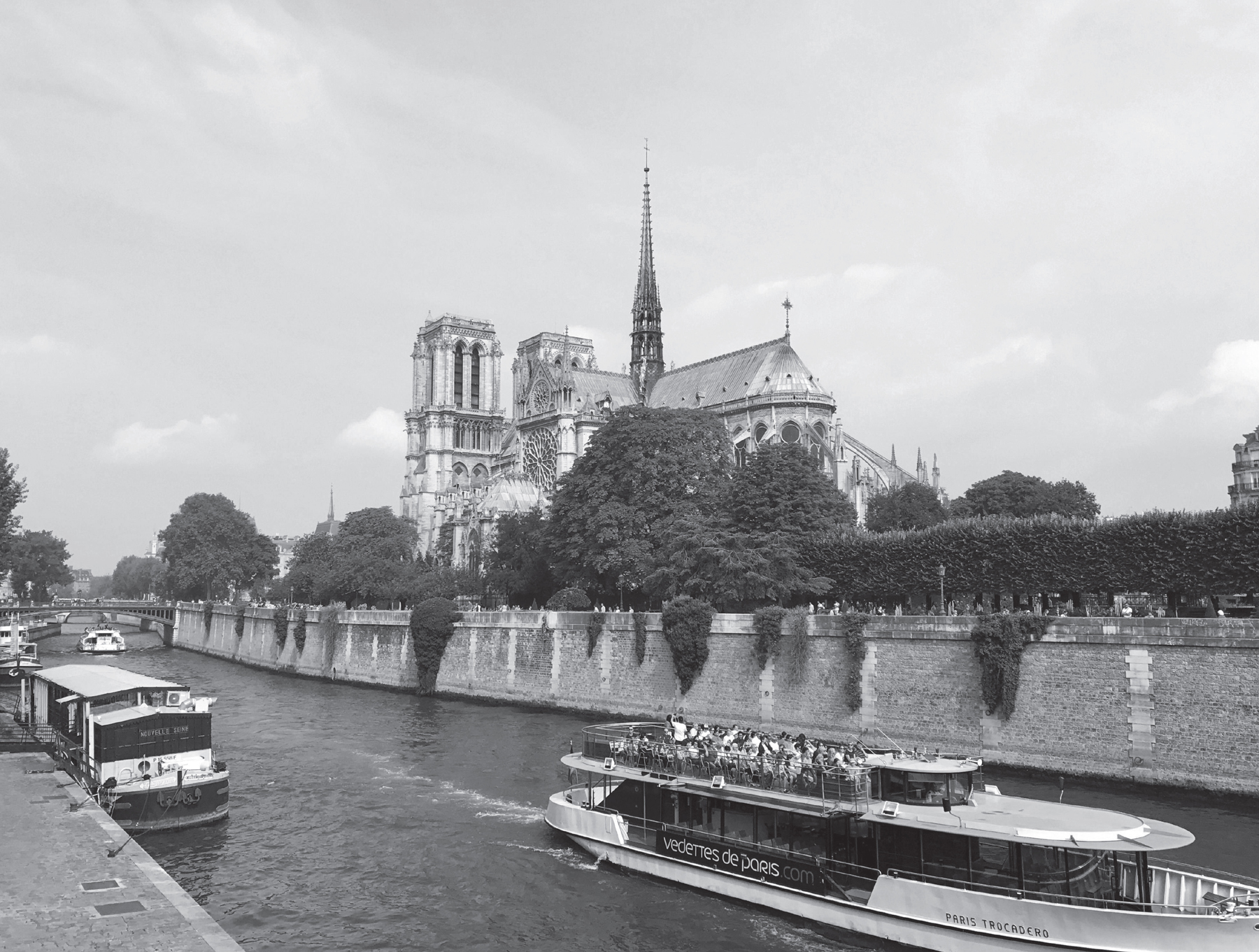Contents
Guide
Page List
ALSO BY
ELAINE SCIOLINO
The Only Street in Paris:
Life on the Rue des Martyrs
La Seduction:
How the French Play the Game of Life
Persian Mirrors:
The Elusive Face of Iran
The Outlaw State:
Saddam Husseins Quest for Power and the Gulf Crisis
The Seine
THE RIVER THAT MADE PARIS
Elaine Sciolino
TO ANDREW
The best traveling companion ever...
On the road, in life
Contents






Notre-Dame Cathedral framed by the stone underpass of the Pont Saint-Michel. DARIUS KHONDJI.

I could spend my whole life
Watching the Seine flow by....
It is a poem of Paris.
BLAISE CENDRARS , La Seine
IN THE SPRING OF 1978, I was seduced by a river. I had come to Paris from Chicago to be a foreign correspondent for Newsweek magazine. I arrived with no sources, no lovers, no family, no friends, no mission except to start fresh in a city all the world loves.
There had been a husband in Chicago, but hed announced one day that he was leaving. I let him take the BMW, the butcher block table, the full-sized mattress, the Wassily armchairs, the walnut rolltop desk, the darkroom equipment, and a set of Wedgwood china. I kept the antique brass bed frame, a carpet, and much of the rest of the furniture. Four months later, he remarried. I recounted the story of our breakup over and over until it became as smooth and harmless as a stone worn down by the sea.
I was twenty-eight years old and free to be my own person in Paris.
Like so many Americans, I felt as if I already knew the city, as if I owned it. I had studied French history. I had read about Paris in novels and seen it in paintings. I had heard songs about April in Paris and loving Paris in the springtime and the fall. I had watched moviesoh, the moviesset in Paris.
But I was ill-prepared to dive into the culture of France. My French was so weak that when I did interviews, I had to write out my questions in advance, word for word, and record every conversation to guarantee accuracy. I rigged up a recording device on the rotary dial telephone in my office, a practice that probably violated French privacy laws.
No one told me about French manners and mannerisms. I didnt know that you never discuss personal wealth, religious beliefs, or real estate transactions at proper dinner parties. Or that you should eat hamburgers and pizza with a knife and fork and never take seconds on the cheese course.
I didnt know that wearing a lot of makeup or laughing too loud is considered vulgar. Or that floral prints would identify me as a foreigner or that the uniform for a late Sunday afternoon book party is a pair of well-cut black trousers and a tailored shirt in fine white cotton. Or that it is essential to say bonjour to shopkeepers, bus drivers, and people in elevators but impolite to smile at strangers. Or that pas mal (not bad) can mean great! and I wouldnt say no can mean Id love to!
The dollar was at an all-time low against the franc, so there was little money for distractions to relieve my loneliness. I hadnt known to bring a portable typewriter for my new job. Newsweeks Chicago bureau, where I had been working, was a convivial place with a stash of eggshell-blue Olivetti Lettera 22 portables; the Paris bureau was an every-man-for-himself world (the four other correspondents were older men) where self-sufficiency and seniority reigned.
I found two sources of support. The first was Madame, an elderly French tutor, who gave me conversation lessons every Saturday morning. Her dark apartment oozed Parisian charm, with its crystal chandeliers and fine art. Madame was thin and elegant, smoked filtered Gauloises, and wore Art Nouveau rings set with giant stones. She wrote my homework assignments in turquoise ink with a Montblanc pen.
And then there was the Seine.
People everywhere feel visceral connections with the rivers they love. Mark Twain had his Mississippi; Johann Strauss celebrated the Danube. Russians venerate the Volga, and Indianans sing about the Wabash. Many lovers of Broadway musicals know the words to Ol Man River, a tune from Show Boat. In Buffalo, where I grew up, my river had been the Niagara, a short, fast-rolling strait between two lakes that does not look, move, or sound anything like the Seine. When I was thirteen, I took ballet lessons in Fort Erie, just across the river in Canada, and I often walked home on the pedestrian lane of the international Peace Bridge. No matter how cold the day, how fierce the snowstorm, I would stop midway across the span to gaze at the river below, abandoning myself to a force of nature beyond my control. Although the bridge was eighteen miles away from the powerful Niagara Falls, the current already ran swift here. The Niagara taught me that a river can dissolve loneliness and catch the heart. And then, in Paris, I moved into an apartment close to the Seine. Most evenings I crossed the river during my walk from the Newsweek office, on the rue du Faubourg Saint-Honor, in the Eighth Arrondissement, to the avenue de la Bourdonnais, in the Seventh.
My half-hour walk took me across the Pont de lAlma, which links two neighborhoods in the west of Paris: the designer boutiques on the Right Bank and the bourgeois residences on the Left. Napolon III ordered the city planner, Baron Georges-Eugne Haussmann, to build a stone bridge as a celebration of Frances 1854 victory over the Russians in Crimea. But the bridge was too narrow to support the ever-increasing flow of cars and foot traffic. In the early 1970s, it was rebuilt in steel, simple and unadorned. It looks like an overpass on a U.S. highway.
Four stone soldiers stood sentry on the original bridge. Now only one remains, the statue of a bearded Zouave, a colonial soldier from a regiment created in Algeria in 1831 from the Zouaoua, a Kabyle tribe. Dressed in a tasseled fez, blousy pants, and a long cape, he stands with his left hand on his hip, his right holding the end of a rifle barrel. He is the citys unofficial flood monitor. If his pointed shoes are submerged, the river is running high.


